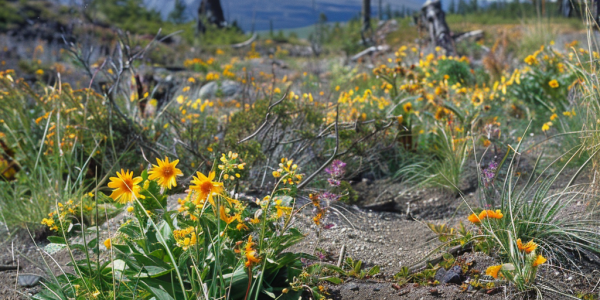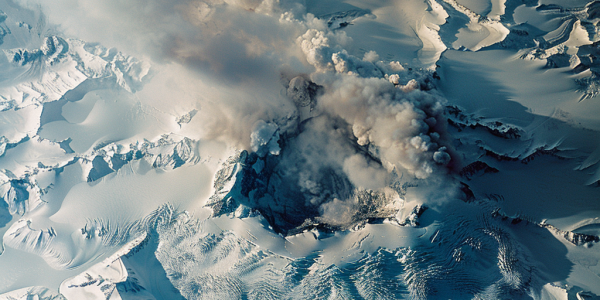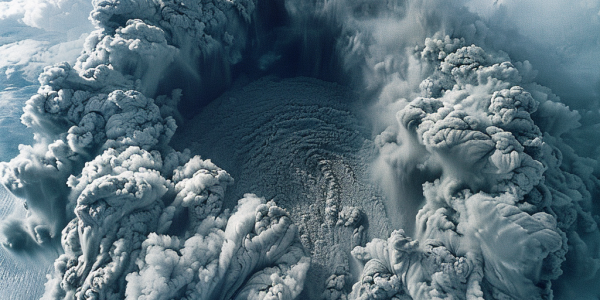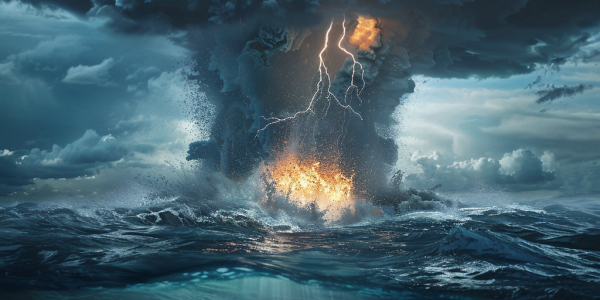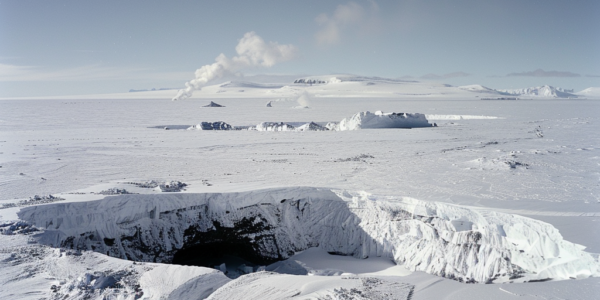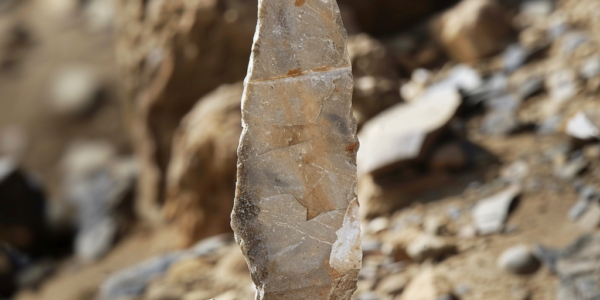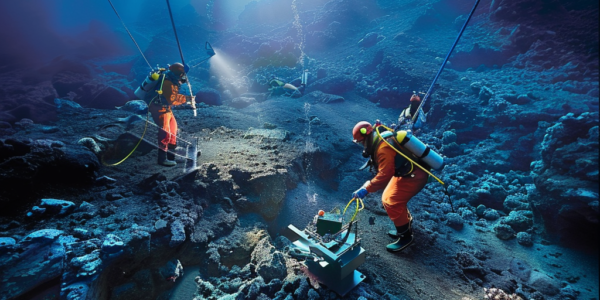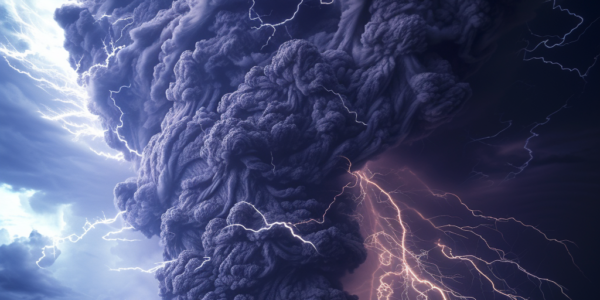Gophers’ Role in Ecological Recovery After Mount St. Helens Eruption Revealed
A groundbreaking study reveals how gophers significantly aided the ecological recovery of Mount St. Helens after its 1980 eruption. Researchers found that these small mammals, through their natural behaviors, helped restore plant life and enhance soil health, leading to a diverse ecosystem over 40 years. This research underscores the vital role of small creatures in environmental recovery and ecosystem dynamics.
Glaciers as Indicators: New Research Links Glacier Behavior to Volcanic Eruptions
Recent research reveals a significant link between glaciers and volcanic activity, indicating that faster glacier flow rates near active volcanoes, like Mount Veniaminof in Alaska, could serve as indicators for predicting eruptions. This study emphasizes the importance of monitoring glaciers to provide early warnings for local authorities, potentially enhancing evacuation plans and safety measures. Published in Communications Earth & Environment, the findings highlight the interconnectedness of climate change, glacial dynamics, and volcanic behavior, underscoring the need for advanced monitoring strategies.
Tonga’s Volcanic Eruption Sparks New Research into Long-Term Climate Impacts
Tonga’s volcanic eruption at Hunga Tonga-Hunga Ha’apai in January 2022 has raised concerns about its long-term climate impacts. Unlike typical eruptions, this event released a massive amount of water vapor into the stratosphere, potentially affecting weather patterns for years to come. A recent study published in the Journal of Climate delves into the implications of this unique eruption and its potential influence on global climate dynamics.
Unique Kīlauea Eruptions Linked to Collapse-Induced Stomp-Rocket Mechanism
Learn about the unique collapse-induced stomp-rocket mechanism behind the explosive eruptions at Kīlauea in Hawaii in May 2018. Researchers used seismic inversions and simulations to study the eruption process, revealing valuable insights into the complex dynamics of volcanic activity.
New Theory Suggests Gas Buildup Triggered Record-Shattering Tonga Volcanic Eruption
Scientists propose a new theory on the Tonga volcanic eruption of 2022, suggesting gas buildup as the trigger instead of magma-water reaction. Recent research challenges previous beliefs, highlighting the role of gas accumulation beneath the volcano. Understanding these mechanisms is crucial for predicting and managing volcanic hazards.
Antarctica’s Volcanoes: What We Know
Antarctica is home to the largest volcanic region on Earth, with as many as 138 volcanoes. While most are not classified as active, Mount Erebus and Deception Island are known to be active. Mount Erebus has been continuously erupting since at least 1972, emitting plumes of gas and steam, and occasionally spewing out rock ‘bombs.’ Its persistent lava lake provides scientists with a rare opportunity to study the inner workings of a volcano in real-time.
Ancient Stone Points Unearthed in Ethiopia
Groundbreaking discovery in Ethiopia as stone points dating back 74,000 years shed light on ancient human adaptability. The archaeological site has yielded evidence of hunter-gatherer resourcefulness and ability to thrive in changing circumstances. The findings offer valuable insights into human migration and settlement, showcasing the resilience and ingenuity of our ancestors.
NASA’s Plans for the Next Supervolcano
NASA has proposed plans to potentially shut down a supervolcano if it shows signs of an imminent eruption. New research from NASA and Columbia University suggests that the most powerful scale of eruption would likely not cause global devastation, despite the massive amount of material it would emit into the atmosphere. The study’s lead author, Zachary McGraw, explains that the relatively modest temperature changes found in the research could explain why no single super-eruption has produced evidence of global-scale catastrophe for humans or ecosystems.
Researchers Discover Largest Volcanic Eruption in Recorded History
The largest volcanic eruption in recorded history occurred 7300 years ago off the southern coast of Japan, as a team of researchers has recently discovered. The Kikai-Akahoya eruption, originating from a submerged caldera near the Japanese island of Kyushu, ejected an astonishing amount of material, estimated at around 70 cubic kilometers, significantly surpassing the eruption of Mount Tambora in 1815. Now, Nobukazu Seama and his team from Kobe University in Japan have conducted a seismic survey to map the underwater region around the caldera, situated approximately 200 meters below the surface. Their findings have revealed that the Kikai-Akahoya eruption released over 300 cubic kilometers of material, equivalent to twice the volume of water in Lake Tahoe, a substantial increase from previous estimates. The researchers’ efforts have provided valuable insights into the magnitude of the Kikai-Akahoya eruption, shedding light on its profound impact on the surrounding environment and human populations.
Volcanic Lightning’s Role in Kickstarting Life on Earth
Groundbreaking discovery suggests volcanic lightning may have played a vital role in kickstarting life on Earth. Study presents compelling evidence that ancient volcanic eruptions could have fixed substantial amounts of atmospheric nitrogen, laying the foundation for the emergence of life on our planet. Research delves into the intriguing question of how bacteria and subsequent life forms came into existence, uncovering evidence suggesting that nitrogen in the atmosphere might have been fixed by volcanic lightning interacting with ash, providing a potential mechanism for the creation of amino acids.

